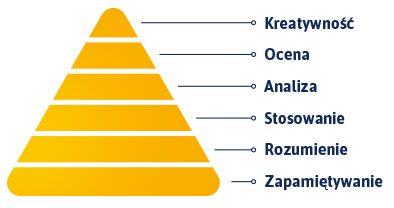Content and Language Integrated Learning (CLIL) — is a method of integrated content and language learning based on simultaneous teaching of new content from a curriculum area and contact with a foreign language — learning this language. This method is recommended by the European Commission to promote foreign language learning and linguistic diversity.
CLIL is an approach to bilingual education, in which both the curriculum area and the foreign language are taught simultaneously. This way school subjects are taught in a foreign language that the pupil is still mastering and keeps receiving language support.
It can be said that CLIL is a process of language learning through learning specialised content — the curriculum area defines the language skills to be acquired.
CLIL is not only a teaching method. First of all, it is an approach to the pupil as thinking individual, who may evaluate their own work and group work.
Apart from language and content teaching, CLIL teaches features and skills that are indispensable in adult life, such as: analysis, synthesis, creativity, and self-reliance above all.
The teachers working with the CLIL method are experts in the area they teach, they both pass the knowledge and teach the language. They are fluent in the target language (English in our case) or they are native speakers.


